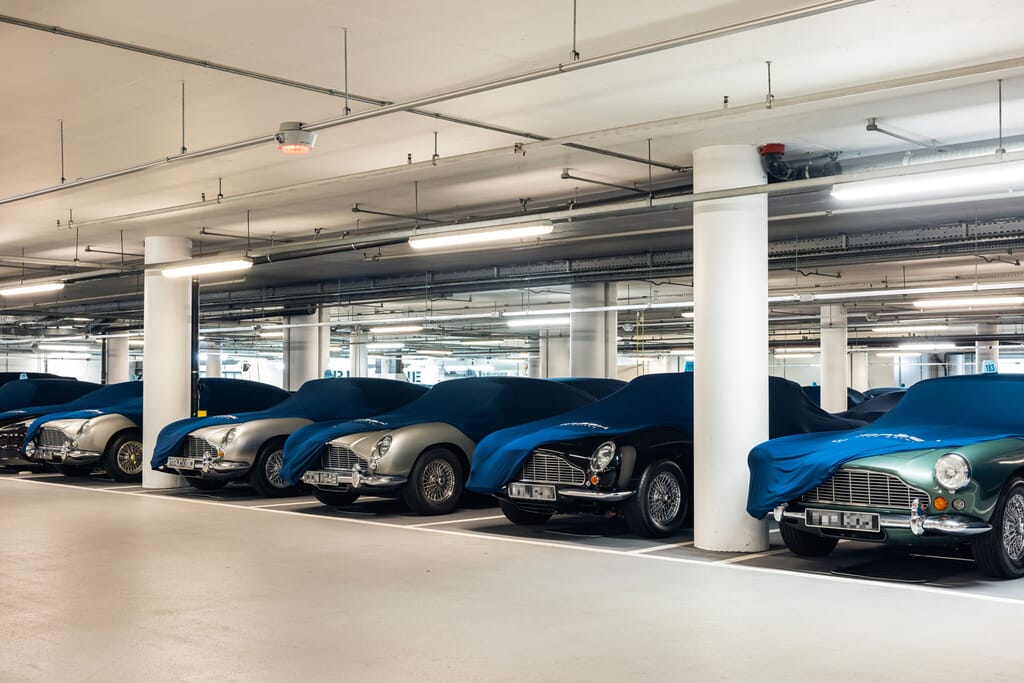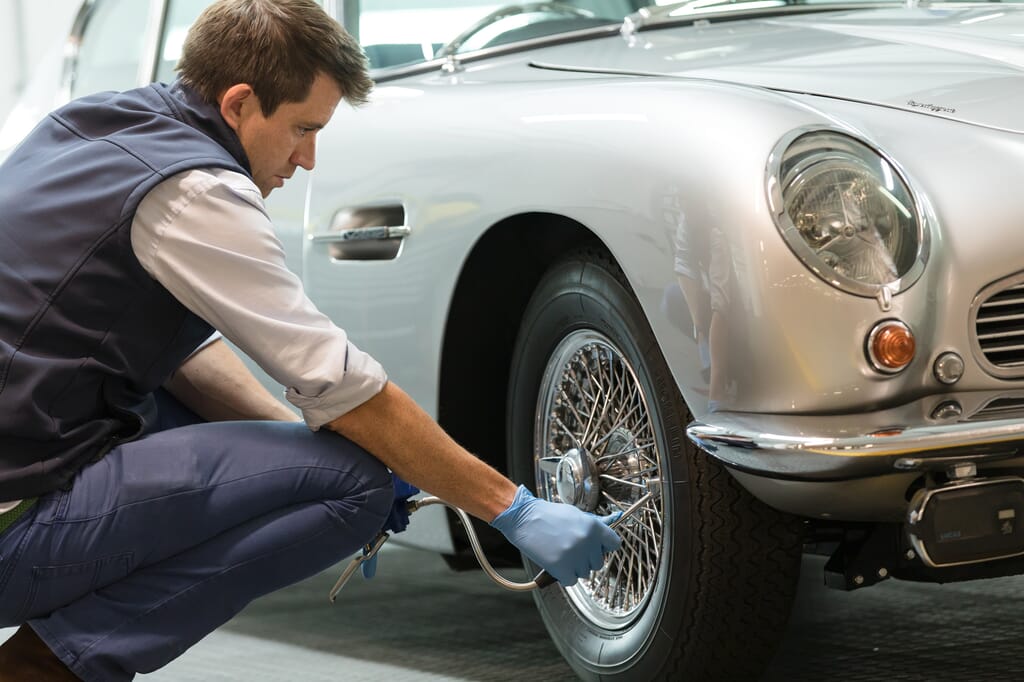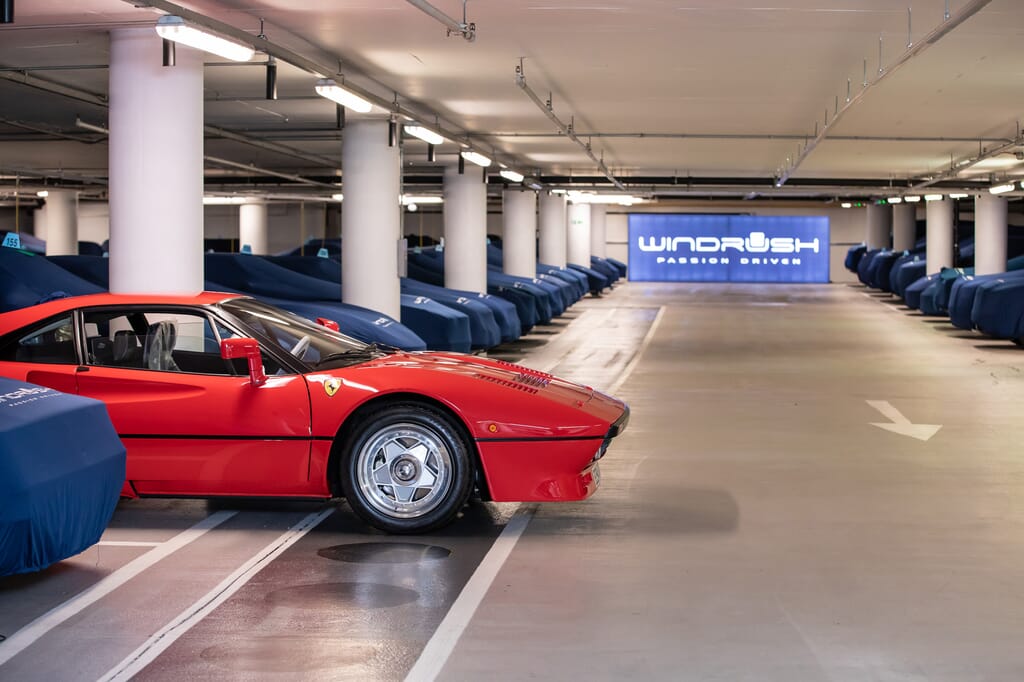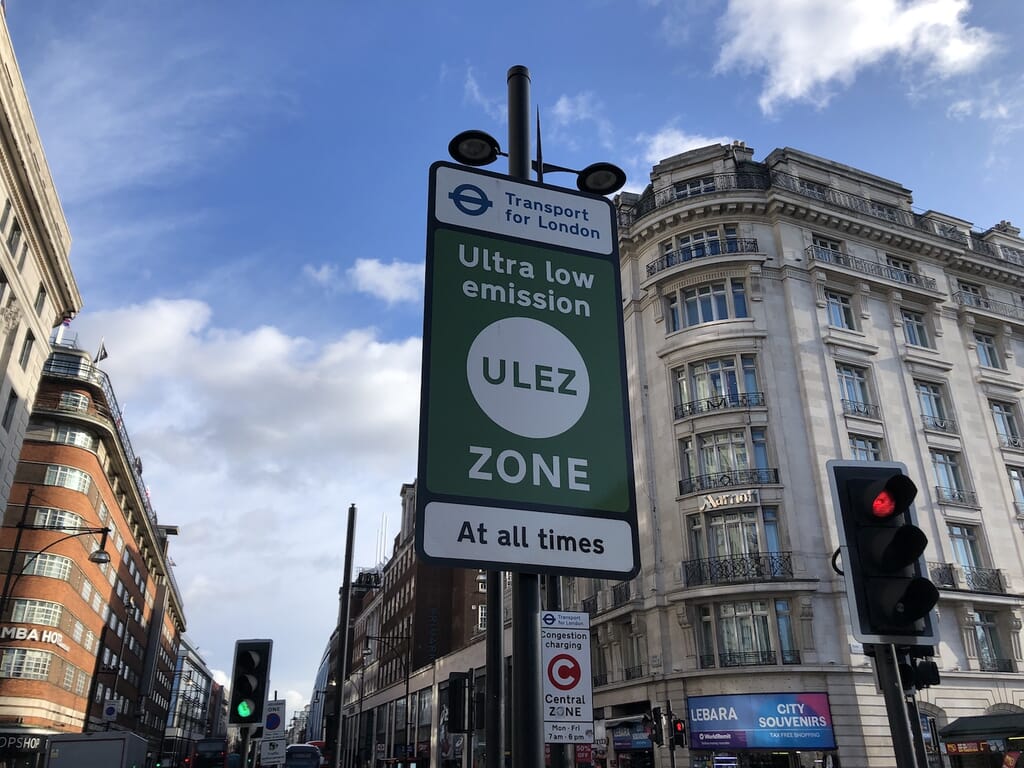Owning a classic car in London is a joy. Not only do you have the chance to dive into a city populated by petrolheads with a penchant for vintage machinery, but every week you’ll find countless events and meetings to attend across the capital.
Classic car storage in London is a different matter, however, and when it comes to your vehicle’s downtime, it pays to have a strategy. So whether you’re considering your first vintage purchase, or are years into the love affair, let our guide shed some light on the pitfalls that can be avoided with Windrush’s London car storage.
Avoid urban damage with London car storage

In London’s hectic streets, the risk of damage to street-parked vehicles is very real (and that’s even assuming you can secure the elusive parking permit). From dents to deliberate vandalism, Windrush clients often turn to our London car storage following such traumatic events. Having seen cases of bird droppings damaging paint, jealous passers-by keying bodywork – and even an urban fox biting a vehicle spoiler! – our classic car storage team in London routinely caters for those who have experienced the sharp end of urban vehicle ownership.
Find peace of mind with off-grid classic car storage

With vehicle crime in the capital’s prestige areas becoming alarmingly commonplace over recent years, the importance of secure London car storage is paramount. It’s easy to be tempted by the notion of underground car parks, but in reality, even high-end private accommodation of this kind comes with the risk of access for non-residents. Ultimately, the only option for those seeking peace of mind for their pride and joy is a private-access, secure facility overseen by a trusted team. At Windrush, knowing that your car is hidden away from prying eyes – in an off-grid location that we don’t even reveal until you become a customer – is a huge plus.
Choose classic car storage over private garaging

But what about private garaging – could that be a good option to head off the aforementioned risks of capital car ownership? Perhaps not. The fundamental issues with private garaging in London are availability and facilities. In such a densely populated city, private garages are scarce and therefore costly, while most don’t even offer the basics required to keep your car at its best (with lack of electricity often a fundamental problem). Without access to power, the delicate batteries of classic cars cannot be trickled when not in use, which can limit the life of the battery. Compared to professional classic car storage, it’s a false economy.
London car storage that works to your schedule

All classic cars have their quirks, and at Windrush, we take pride in knowing what makes your vehicle tick, allowing us to keep it ‘on-the-button’ and ready for you at a moment’s notice. When you fancy a spin in your weekend toy, be assured that you can simply turn up, jump in and go – no hassle, no accessibility issues, and no more time spent on cold, hard concrete checking tyre pressures. Going a little further? Trust Windrush’s London car storage team to help with anything you need, from an extra detail before an important dinner to preparation for an international road trip.
The #1 choice for classic car storage in London
When it comes to protecting your vehicle in the urban jungle, make Windrush classic car storage in London your first port of call. We’re an expert team who take pride in our individual-led approach, offering a bespoke classic, modern, supercar and EV car storage solution to Londoners from every walk of life.
Having set the wheels in motion with our renowned twelve-step induction process, we’ll lead your car to its own climate-controlled indoor storage bay. From there, our London car storage goes far beyond industry standard, with your vehicle given 24/7 security, twice-daily checks, weekly battery and drip tray inspections, plus a top-to-bottom maintenance deep-dive every 60 days. Consider us the gold standard for classic car storage in London.
We’re proud to set the pace for classic car storage in London. Get in touch with the Windrush team on info@windrushcarstorage.co.uk and let us tell you more





